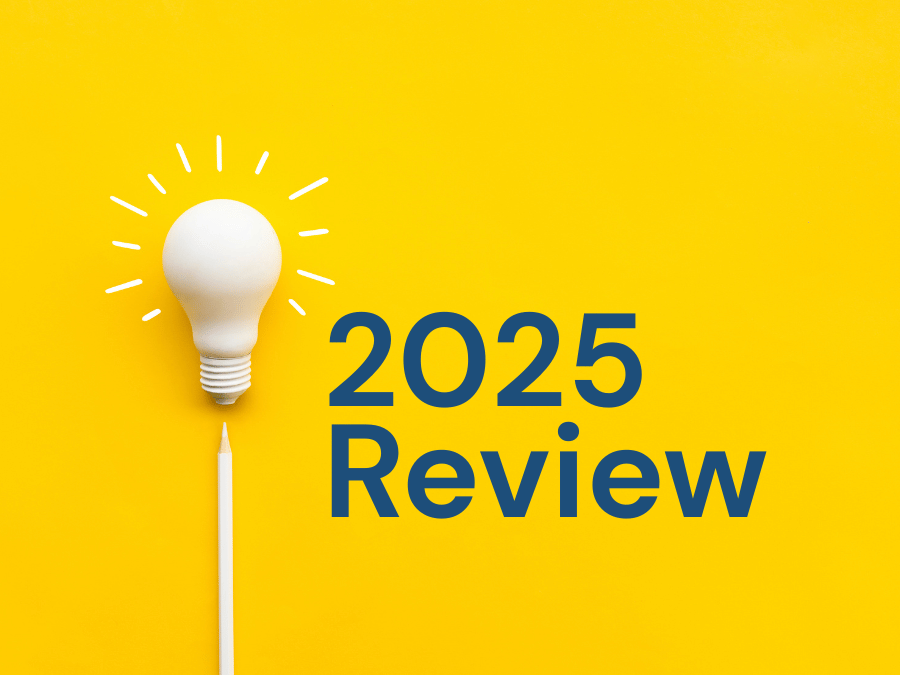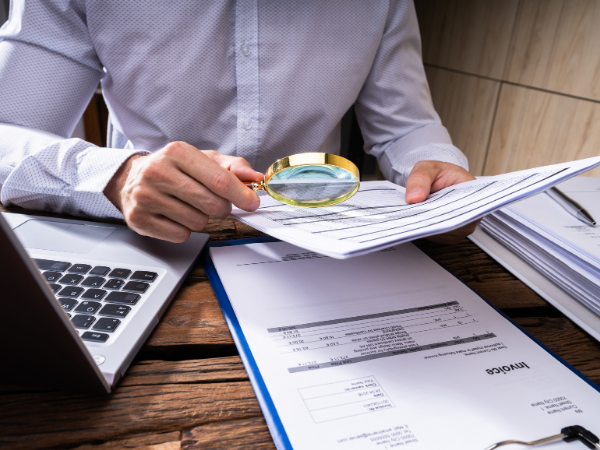Dealing with client complaints effectively is an integral part of delivering high quality client care. As well as being good business practice, did you know that it is also a legal requirement to deal with complaints in a way that complies with the Legal Ombudsman Scheme Rules?
The Rules play a key role in ensuring that clients are able to resolve disputes with their legal service providers in a fair and transparent manner. Understanding the best practices for managing complaints and complying with the rules of the Legal Ombudsman (LeO) can help to protect your firm’s reputation.
- Complaints Handling Training, delivered live and exclusive to your firm
Develop a Clear Complaints Handling Procedure
The first step in managing complaints is to create a clear, accessible complaints handling procedure for your firm. This procedure should be in line with the guidelines set out by the LeO and should be easy for both clients and staff to understand.
- Make it easy for clients to complain: Ensure that your clients are aware of how to make a complaint.
- Acknowledge complaints promptly: As soon as a complaint is received, acknowledge it within a reasonable timeframe. The LeO recommends an acknowledgment within 2 working days.
- Allocate a complaints handler: Assign a member of staff to manage complaints, ensuring consistency and accountability in the process.
- Explain the process: Provide clients with a clear outline of how their complaint will be handled, including the timeline and stages involved.
Responding to Complaints – Do So Promptly and Professionally
A prompt and professional response is essential to resolving complaints effectively. Good communication is essential as this can resolve disputes quickly. The LeO expects law firms to take complaints seriously, investigate them thoroughly, and offer a fair resolution.
Here are some steps to follow:
- Listen and empathise: When responding to a complaint, ensure that the client feels heard and understood. Even if you cannot resolve the issue immediately, acknowledge their frustration and show a willingness to help.
- Special consideration: should be given to any client who may have communication challenges, eg preference of communication methods, disabilities including hard of hearing, larger text or braille and language barriers.
- Investigate the issue thoroughly: Review all relevant documents and facts surrounding the complaint before making a decision. If necessary, interview staff members involved in the case.
- Offer a resolution: If the complaint is upheld, offer a resolution that is fair and in line with your firm’s policies. This could involve an apology, a refund, or another suitable remedy.
- Timeframe for response: The LeO rules recommend that firms provide a final response to the complaint within 8 weeks. If the matter cannot be resolved within this period, inform the client and explain why, providing an expected timeline.
Keep Detailed Records
Document every stage of the complaint process, including:
- Receipt of the complaint: Note when and how the complaint was received, and confirm its details with the client.
- Correspondence and actions taken: Keep a log of all communications with the complainant.
- Investigation and findings: Record the findings of your investigation, detailing how the complaint was resolved.
- Resolution or decision: Keep track of the outcome, including any financial compensation or other remedial action undertaken.
These records may be required by the LeO if the client escalates their complaint.
Adhere to the Legal Ombudsman Scheme Rules
The LeO has a specific set of rules and guidelines that law firms must follow when dealing with complaints. These rules outline the complaint handling process, from the initial investigation to the final decision.
- Eligibility of complaints: complaints must be submitted within six months of the client receiving the final response from the firm. In addition, the client will have up to one year from the date of the problem happening or of when they found out about it, to bring the complaint to the LeO
- Failure to resolve: If the complaint is not resolved within eight weeks, clients have the right to escalate their complaint to the LeO . As a firm, you must inform the client of their right to take the matter to the LeO, or Alternative Dispute Resolutions body at the end of your internal complaints procedure.
- Client communication: The LeO recommends that firms communicate the outcome of the complaint to clients clearly, explaining their right to pursue the complaint further if they are not satisfied.
Training and Continuous Improvement
Staff training is a critical element of managing complaints effectively. Ensure that your team is trained in customer service, conflict resolution, and have an understanding of the LeO schemes rule. Staff should be equipped to handle complaints professionally and with empathy, regardless of the nature of the issue.
Additionally, regularly review and refine your complaints handling process to ensure that it meets both internal standards and the expectations of the Legal Ombudsman. Consider implementing the following:
- Feedback: After resolving a complaint, seek feedback from the client to learn how the process can be improved.
- Monitor trends: Look for recurring issues within complaints that could indicate systemic problems. Addressing these proactively can reduce the likelihood of future complaints.
Delivered live and exclusive to your firm, Legal Eye’s Complaint Handling Training provides the critical expertise required to navigate the complaints process with confidence, ensuring your team is fully equipped to meet their obligations and protect your firm.
Avoiding Common Pitfalls
When handling complaints, there are several common mistakes to avoid:
- Ignoring or dismissing complaints: Even if you do not agree with a client’s complaint, it’s crucial to investigate thoroughly and treat it as serious. Dismissing a complaint can lead to client dissatisfaction and unwanted regulatory repercussions.
- Delays in response: Failing to respond promptly or dragging out the process can exacerbate a client’s frustration. Always aim to meet deadlines and communicate any delays.
- Lack of transparency: Be clear about how complaints will be handled and the possible outcomes. If the client is dissatisfied with your response, they should have clarity on how to escalate the matter to the LeO
Conclusion
Dealing with complaints effectively is essential, both in terms of maintaining client relationships and ensuring compliance with the LeO Scheme rules. By adopting best practices such as clear complaints procedures, prompt responses, thorough investigations, and keeping detailed records, law firms can manage complaints professionally and mitigate the risk of escalation.
By treating complaints as an opportunity to improve client service and processes, rather than as a personal attack on the firm or the person handling the case, law firms can foster trust, loyalty, and and long-term success.
- Find out more about our Complaints Handling Training, delivered live and exclusive to your firm.
Author – Nimesh Gantara, Head of Risk and Compliance at Legal Eye
 (0)20 3051 2049
(0)20 3051 2049




